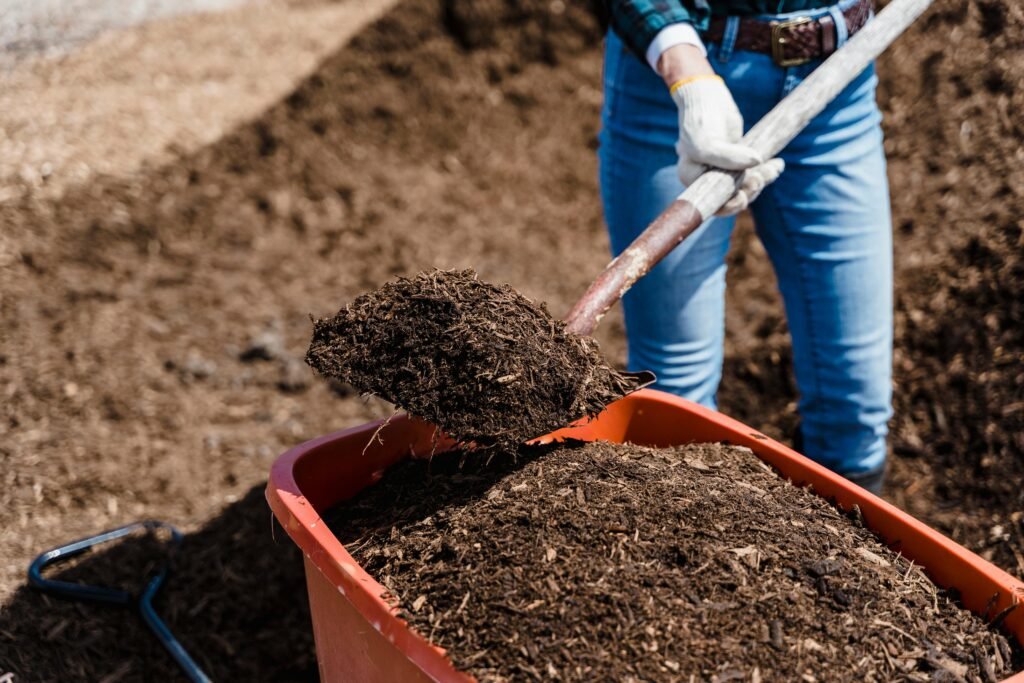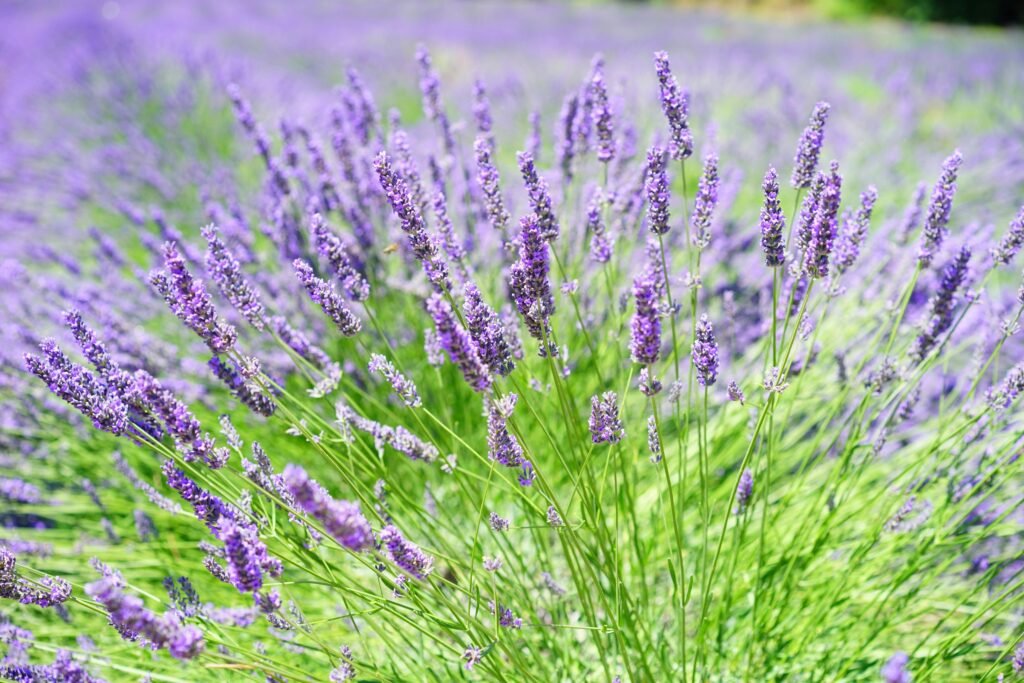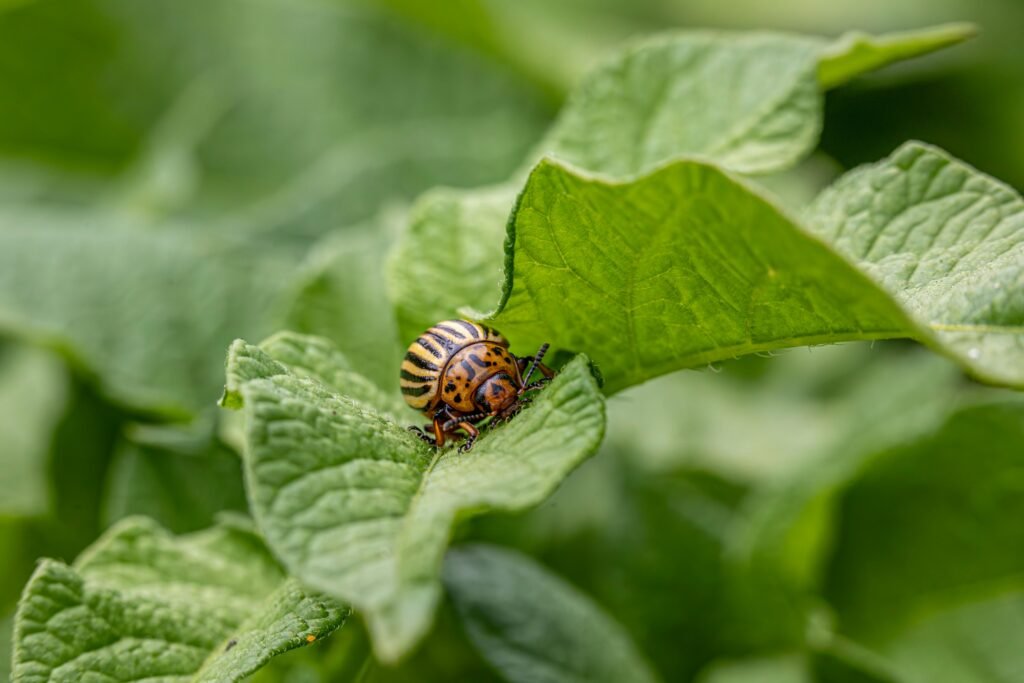Hello Friends! Welcome back to ASW Homestead. Today we will be discussing sustainable gardening.
Not only does sustainable gardening help you grow a thriving garden, but it also conserves resources and reduces waste. In this blog post, I’m going to share some of my favorite sustainable gardening tips and techniques.
What is Sustainable Gardening?
Before we dive into the how-to, let’s talk about what sustainable gardening really means. At its core, sustainable gardening is about working with nature. It’s about creating a garden that’s self-sustaining and low-impact on the natural environment. This means using fewer resources, reducing waste, and choosing practices that support the health of the ecosystem.
Sustainable Gardening Starts with Healthy Soil

Healthy soil is the foundation of any sustainable garden. When you take care of the soil you’re reducing the need for synthetic fertilizers and pesticides.
Build Your Soil with Compost
One of the best ways to improve soil health is by adding compost. Compost is rich in nutrients and helps improve soil structure, making it easier for plants to take up water and nutrients. Plus, composting is a great way to recycle kitchen scraps and yard waste, keeping them out of the landfill.
How to Get Started: Start a compost pile or bin in your backyard. Add a mix of green materials (like vegetable scraps and grass clippings) and brown materials (like leaves and straw) to create a balanced compost. Turn the pile regularly to speed up the decomposition process. In a few months, you’ll have rich, dark compost ready to use in your garden.
Use Organic Mulch
Mulching is another great way to support healthy soil. Organic mulch, like straw, wood chips, or leaves, helps retain moisture and suppress weeds. It also adds nutrients back into the soil as the mulch breaks down.
How to Mulch Your Garden: Apply a 2-3 inch layer of mulch around your plants. Be careful not to pile the mulch too close to the stems. Feel free to reapply mulch as needed throughout the growing season.
Choose Native and Adapted Plants

One of the keys to sustainable gardening is choosing the right plants for your environment. Native plants are species that have evolved in your region and are well-suited to the local climate, soil, and wildlife. They typically require less water, fertilizer, and care than non-native plants, making them a more sustainable choice.
Why Native Plants Matter
Native plants are a vital part of the local ecosystem. They provide food and habitat for native pollinators, birds, and other wildlife. By planting native species, you’re helping to support the local biodiversity and create a balanced, healthy garden.
How to Choose Native Plants: Research which plants are native to your area, or visit a local nursery that specializes in native plants. Some great native options might include wildflowers, grasses, shrubs, and trees that are adapted to your specific climate and soil conditions.
Water Wisely

Water is a precious resource, and using it wisely is a key component of sustainable gardening. By reducing water waste and improving water efficiency, you can keep your garden thriving while conserving this vital resource.
Collect Rainwater
One of the easiest ways to make your garden more sustainable is by collecting rainwater. A rain barrel or cistern can capture and store rainwater from your roof, providing you with free, natural water for your garden.
How to Set Up a Rain Barrel: Place a rain barrel under a downspout to collect water whenever it rains. You can use this water to irrigate your garden, water your houseplants, or even wash your car. Just be sure to keep the barrel covered to prevent mosquitoes from breeding.
Water Deeply and Infrequently
Rather than watering your garden every day, aim to water deeply and less frequently. This encourages plants to develop deep root systems, which makes them more drought-resistant. It also reduces the overall amount of water needed.
Best Practices for Watering: Water your garden early in the morning or late in the evening to reduce evaporation. Use a soaker hose or drip irrigation system to deliver water directly to the soil, where it’s needed most.
Sustainable Gardening: Pest Control

Keeping pests in check is an important part of gardening, but that doesn’t mean you have to rely on harsh chemicals. Organic pest control methods are not only safer for you and the environment, but they also help maintain a healthy, balanced garden.
Encourage Beneficial Insects
Not all bugs are bad! In fact, many insects are beneficial and can help keep pest populations under control. Ladybugs, lacewings, and predatory beetles are just a few examples of insects that prey on common garden pests.
How to Attract Beneficial Insects: Plant a variety of flowers and herbs that provide nectar and pollen for beneficial insects. Marigolds, dill, and fennel are great options to include in your garden.
Use Natural Remedies
For those times when pests do become a problem, turn to natural remedies like neem oil, insecticidal soap, or homemade garlic spray. These solutions are effective at controlling pests without harming the environment.
How to Make a Garlic Spray: To make a simple garlic spray, blend a few cloves of garlic with water, strain the mixture, and spray it on your plants. The strong smell of garlic will help repel pests like aphids and caterpillars.
Sustainable Gardening: Reduce, Reuse, Recycle

Sustainable gardening is all about making the most of what you have and reducing waste wherever possible. Here are a few simple ways to incorporate the three R’s—reduce, reuse, and recycle—into your garden.
Reuse Materials
Instead of buying new garden supplies, look for ways to repurpose items you already have. For example, old containers can be turned into planters, and scrap wood can be used to build raised beds or trellises.
Get Creative: Use toilet paper rolls to start seeds, make plant markers from popsicle sticks, or create a bird feeder from a recycled plastic bottle. The possibilities are endless!
Recycle Organic Matter
Keep your garden waste out of the landfill by composting or using it as mulch. Grass clippings, leaves, and pruned branches can all be put to good use in your garden
Sustainable Gardening Supports Pollinators

Pollinators like bees, butterflies, and hummingbirds play a crucial role in the garden by helping plants produce fruit and seeds. Supporting pollinators is a key part of sustainable gardening.
Plant a Pollinator Garden
Create a haven for pollinators by planting a variety of flowers that bloom at different times throughout the season. Choose native species whenever possible, and avoid using pesticides, which can be harmful to pollinators.
Best Plants for Pollinators: Include a mix of flowers like lavender, coneflower, bee balm, and milkweed to attract a wide range of pollinators to your garden.
Provide Water and Shelter
Pollinators need water and shelter. A shallow dish of water with pebbles can serve as a drinking spot for bees, while a pile of leaves or a small log can provide shelter.
How to Create a Bee Bath: Fill a shallow dish with water and add some stones or marbles to give bees a place to land. Place the dish in your garden near your pollinator-friendly plants.
Grow Your Own Food

One of the most rewarding aspects of sustainable gardening is growing your own food. Not only does it reduce your carbon footprint, but it also gives you access to fresh, healthy produce right in your backyard.
Start Small with Sustainable Gardening
If you’re new to growing food, start small with a few easy-to-grow crops like lettuce or herbs. As you gain confidence, you can expand your garden to include more varieties.
Container Gardening: Even if you don’t have much space, you can grow vegetables in containers on a patio or balcony. Choose dwarf or compact varieties that are well-suited to small spaces.
Preserve the Harvest
When your garden starts producing more than you can eat, preserve the excess by canning, freezing, or drying. This way, you can enjoy your homegrown produce all year long.
Canning Basics: Water bath canning is a great way to preserve high-acid foods like tomatoes and pickles. It’s a simple process that involves submerging jars in boiling water to create a vacuum seal.
Sustainable Gardening: a Force for Good
Sustainable gardening is about creating a garden that’s in harmony with the environment and contributes to a healthier planet. By using eco-friendly practices, you can reduce your environmental impact, support local wildlife, and create a beautiful, productive garden that you can be proud of.
Remember, every little step you take toward sustainability makes a difference. Whether you’re starting a compost pile, planting native species, or installing a rain barrel, you’re contributing to a more sustainable world.
You can also find us on Pinterest.


6 Responses